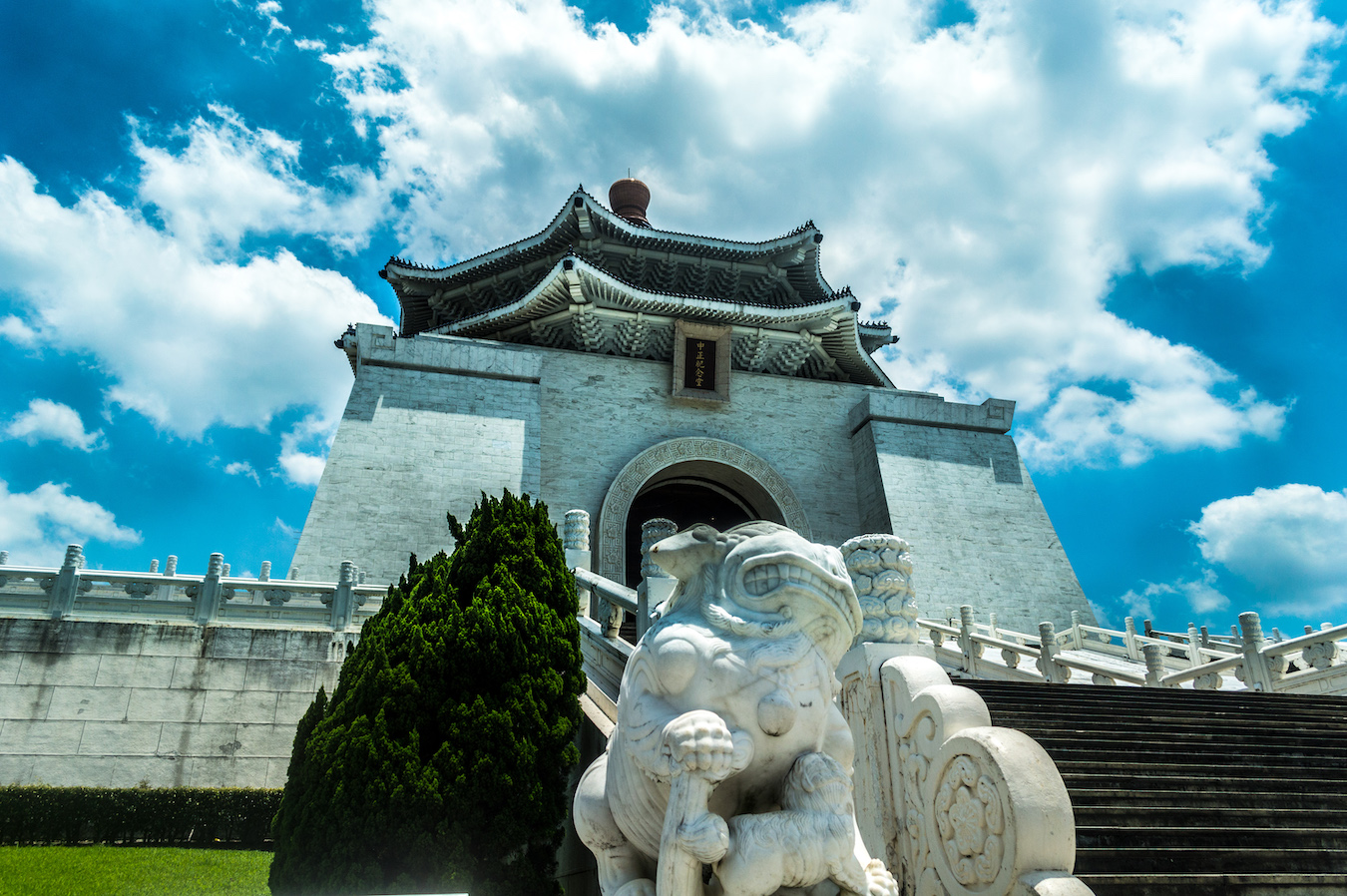by Brian Hioe
語言:
English
Photo Credit: Lijun/WikiCommons/CC BY SA-3.0
LEGISLATIVE SPEAKER You Si-kun recently visited an exhibition held at the National Taipei University of Technology featuring prospective designs for a future legislature. In comments made at the exhibition, You emphasized that a country’s legislature to reflect the values it holds, seeing as it is iconic of that country.
Building a new structure to house the Legislative Yuan is an idea that has long been proposed. The current Taiwanese legislature has seen many events in Taiwanese history, including the 2014 Sunflower Movement that involved the monthlong occupation of the legislature.
Nevertheless, the main assembly hall for the legislature was formerly Taipei Municipal Zhongshan Girls High School, and as a renovated school, and the structure is criticized as unsuitable for the current functions of the legislature.
 The Legislative Yuan. Photo credit: Jiang/WikiCommons/Public Domain
The Legislative Yuan. Photo credit: Jiang/WikiCommons/Public Domain
In truth, the Legislative Yuan is not just one building, but a series of buildings in the vicinity of the Shandao Temple area, much as how the Judicial Yuan or other government yuans can compromise multiple structures and not just one building. Part of the call for a new Legislative Yuan building is to streamline the functions of the legislature, including for convenience and security.
But more generally, calls for building a new Legislative Yuan is deeply tied to calls for transitional justice in Taiwan. Namely, the current legislature is seen as an imposition of the KMT’s authoritarian rule, while a new Legislative Yuan building would symbolize the values of contemporary democratic Taiwan.
Indeed, this is not unlike how the question of what to do with the Chiang Kai-Shek Memorial. With the Transitional Justice Commission calling for changes to be made to the structure and the removal of the 3.5-meter statue of Chiang Kai-shek in its center, it is a question what to do with the current memorial. One of the suggested ideas to turn the memorial into a memorial park to Taiwan’s democratization. Another suggestion has been to, in fact, make the Chiang Kai-shek Memorial into the site of the legislature.
To this extent, there have also been calls to relocate the legislature to Taichung, in order to rebalance the centers of political and economic power in Taiwan. At the same time, there have been criticisms of the expense of a move, as well as the inconvenience this might cause if political figures with a need for security details have to continuously move between Taipei and Taichung.
In a similar timeframe to You’s visit to the exhibition, the Taiwan Statebuilding Party (TSP) called for the renaming of streets across Taiwan.
In particular, when the KMT came to Taiwan, they renamed many streets after places in China, or values enshrined in the official KMT ideology. Other streets they named after historical figures venerated by the KMT’s ideology such as Chiang Kai-shek or Sun Yat-sen.
As pointed out by the TSP, the three most common street names in Taiwan are Zhongshan, Zhongzheng, and Zhonghua. Zhongshan refers to Sun Yat-sen, Zhongzheng refers to Chiang Kai-shek, while Chonghua is a way to refer to China. According to the TSP, there are 300 roads in Taiwan named after authoritarian leaders.
 The Chiang Kai-shek Memorial. Photo credit:
The Chiang Kai-shek Memorial. Photo credit:
On a practical level, the TSP was also critical of the fact that when the KMT named many streets after the same word, even in the same city or administrative district, resulting in packages and mail being misdelivered. Consequently, TSP members have called for the renaming of streets after their original district names.
Indeed, the KMT’s renaming of streets in Taiwan can be seen as an attempt to recreate China in microcosm in Taiwan, even as it had lost control of geographic China. To this extent, after the KMT came to Taiwan, legislators representing areas of China that had been lost to the KMT continued to serve as representatives of those areas in perpetuity, until this was abolished in the course of Taiwan’s democratization.
The pan-Blue and pan-Green camps have historically contested place names in Taiwan. During the tail end of the Chen Shui-bian administration, Chen attempted to rename places across Taiwan in order to emphasize local identity.
It is not surprising to see pan-Green political parties such as the TSP continue to contest the pan-Blue camp on the issue, then. Nevertheless, as with proposals for a new legislature, this can also be understood as part of broader calls for transitional justice by the pan-Green camp.

